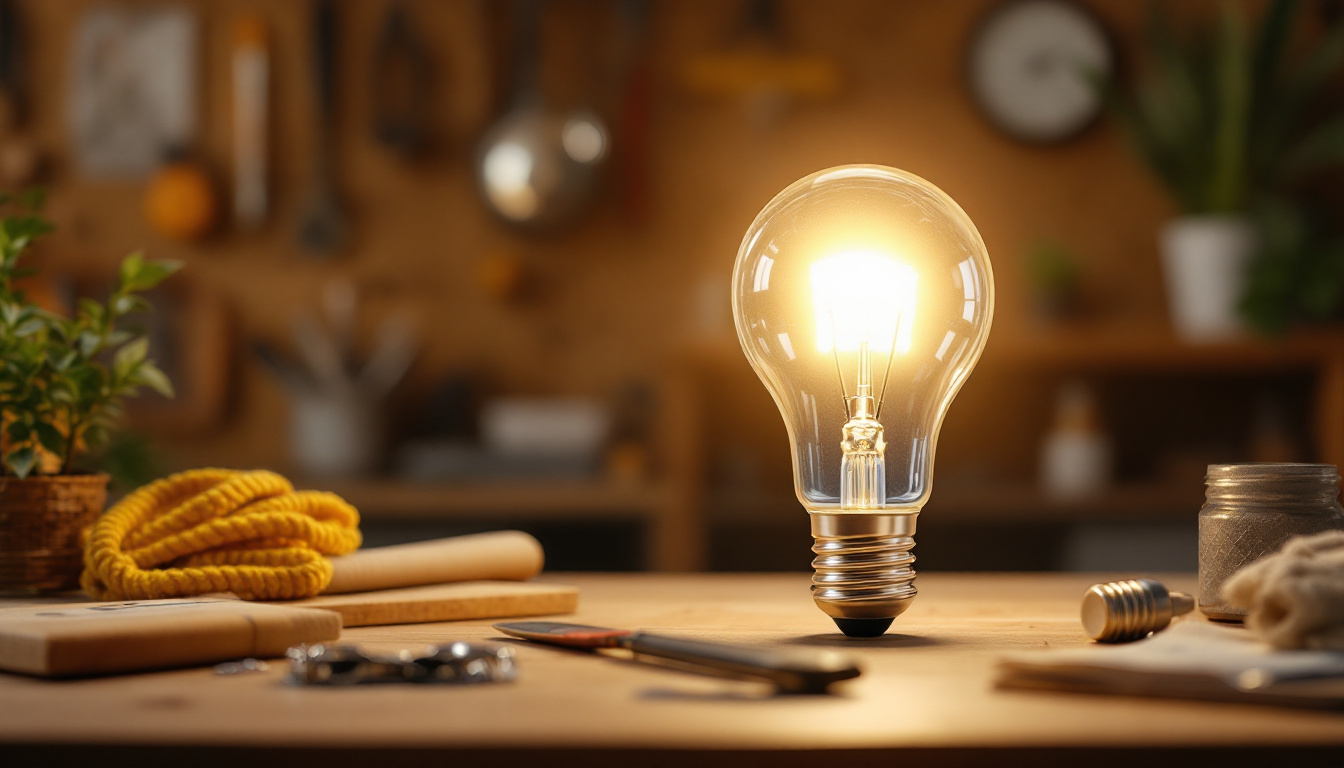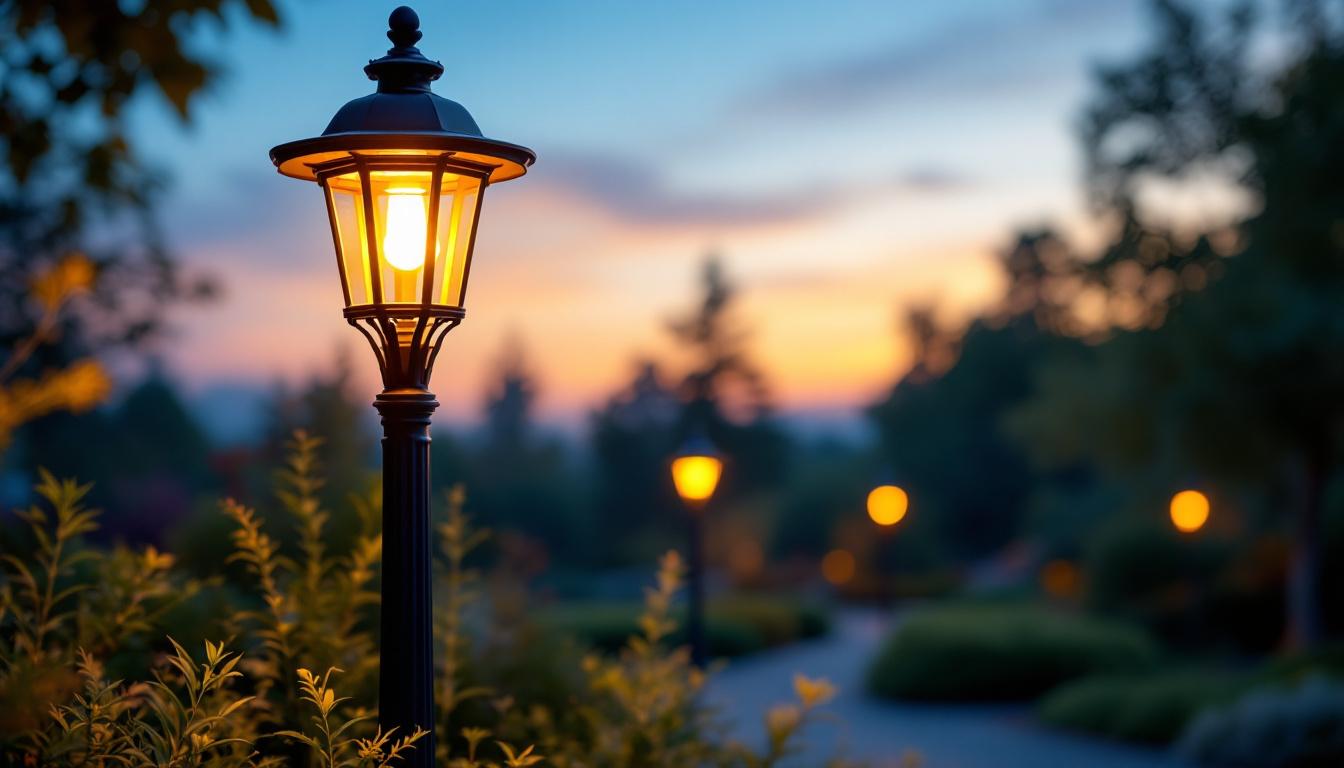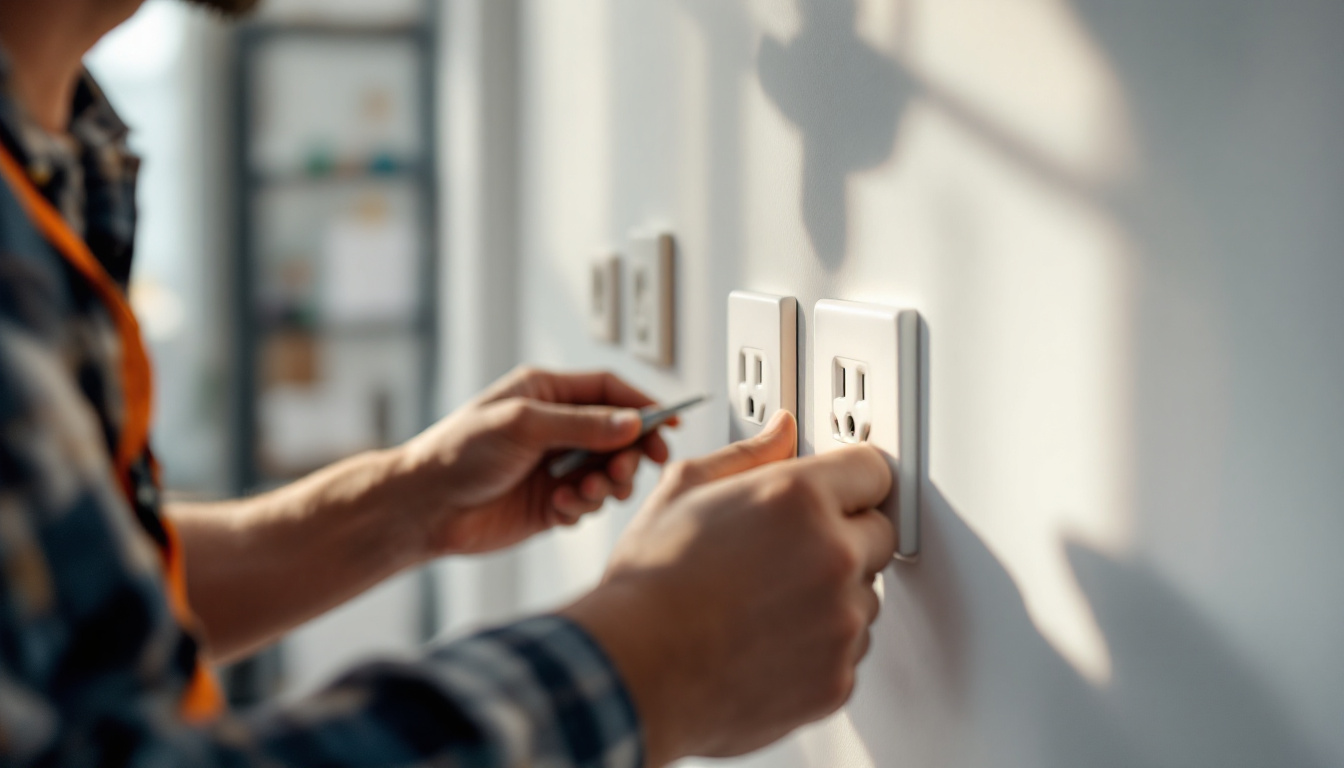
Lighting plays a crucial role in enhancing both the functionality and aesthetic appeal of any space. For lighting contractors, selecting the right fixtures can make all the difference, especially in unique settings like barns. Barn lights, particularly those utilizing LED technology, have gained popularity for their efficiency and versatility. This guide aims to assist lighting contractors in making informed decisions when choosing barn lights LED.
Barn lights are not just about illumination; they embody a rustic charm that can transform a space. Traditionally, these lights were designed for functionality, providing ample light for agricultural tasks. However, modern designs have evolved to incorporate style without sacrificing performance. The aesthetic appeal of barn lights can evoke nostalgia while serving practical purposes, making them a popular choice for both traditional barns and contemporary homes seeking a touch of countryside elegance.
When considering barn lights, it is essential to understand the various styles available. From classic gooseneck fixtures to more contemporary designs, the aesthetic appeal can significantly impact the overall ambiance of the barn. Moreover, the choice of materials and finishes can enhance durability and maintenance. For instance, galvanized steel or weathered copper finishes can add a layer of protection against the elements while contributing to the rustic charm that barn lights are known for. The right lighting can create a warm, inviting atmosphere, perfect for gatherings or simply enjoying a quiet evening in a serene setting.
There are several types of barn lights that contractors can choose from, each serving different purposes and aesthetics. Gooseneck lights are popular for their adjustable arms, allowing for directional lighting. Pendant lights, on the other hand, can create a focal point and add character to the space. These fixtures can be hung at varying heights to create visual interest and can be paired with vintage-style bulbs to enhance their rustic appeal.
Wall-mounted fixtures are also a common choice, providing functional lighting while maximizing floor space. Additionally, flood lights can be utilized for outdoor areas surrounding the barn, ensuring safety and visibility during nighttime operations. These outdoor lights can be strategically placed to illuminate pathways, parking areas, or even garden spaces, enhancing both security and aesthetic appeal. The versatility of barn lights means they can be used in various settings, from farmhouses to urban lofts, making them a timeless choice for any design scheme.
LED technology has revolutionized the lighting industry, offering numerous advantages over traditional incandescent or fluorescent bulbs. One of the most significant benefits is energy efficiency. LED lights consume significantly less power, leading to lower energy bills and a reduced carbon footprint. This efficiency is particularly advantageous in barn settings where lighting needs can be extensive, allowing for substantial savings over time.
Furthermore, LED lights have a longer lifespan, which means less frequent replacements. This durability is particularly beneficial in barn settings where maintenance can be challenging. Additionally, LEDs emit less heat, making them safer and more comfortable in enclosed spaces. Their ability to withstand harsh conditions, including moisture and dust, further enhances their suitability for barn environments. With a variety of color temperatures available, from warm whites to cool daylight hues, LED lights can be tailored to create the perfect ambiance, whether for work or relaxation, ensuring that every corner of the barn is well-lit and inviting.
Choosing the right barn lights involves several considerations that can impact both functionality and aesthetics. Understanding the specific needs of the space and the preferences of the client is crucial in making the right selection.
Brightness is a critical factor in lighting design. Measured in lumens, the brightness of the LED lights should correspond to the intended use of the barn. For tasks requiring precision, such as woodworking or machinery operation, brighter lights may be necessary.
Color temperature is another important aspect to consider. LED lights come in various color temperatures, typically ranging from warm white (around 2700K) to cool white (over 5000K). Warmer tones can create a cozy atmosphere, while cooler tones may be better for workspaces requiring focus and clarity. In addition, the choice of color temperature can also affect the mood of the space; for example, warmer lights can evoke a sense of comfort and relaxation, making them ideal for social gatherings or events held in the barn.
Understanding wattage is essential for contractors to ensure they are recommending energy-efficient solutions. LED lights provide the same brightness as traditional bulbs while consuming significantly less wattage. This efficiency is crucial not only for cost savings but also for meeting energy regulations and sustainability goals.
Contractors should also consider the Energy Star rating when selecting LED lights. Products with this certification meet strict energy efficiency guidelines, ensuring that clients receive high-quality, sustainable lighting options. Furthermore, the long lifespan of LED lights—often exceeding 25,000 hours—means fewer replacements and reduced waste, aligning with eco-friendly practices that many clients prioritize today.
The design of barn lights should complement the overall architecture and purpose of the barn. Rustic designs may call for fixtures with vintage finishes, while modern barns might benefit from sleek, minimalist designs. It is essential to align the choice of lighting with the client’s vision and the barn’s intended use.
Additionally, consider how the lights will be installed and the height at which they will be mounted. This can affect both the light distribution and the overall look of the space. A well-placed fixture can enhance the barn’s character while providing adequate illumination. Moreover, incorporating dimmable options can offer versatility, allowing users to adjust the lighting based on different activities or times of day. This adaptability not only enhances functionality but also adds to the aesthetic appeal, as the ambiance can be tailored to suit various events, from lively gatherings to quiet evenings spent enjoying the barn’s rustic charm.
Proper installation is critical to the performance and longevity of barn lights. Lighting contractors must be aware of various installation factors that can affect the effectiveness of the lighting solution.
Before installation, it is essential to assess the existing electrical infrastructure of the barn. Ensure that the wiring is adequate to support the new LED fixtures, taking into account the wattage and number of lights being installed. This may require consulting with an electrician to ensure compliance with local codes and safety standards.
Additionally, consider the placement of switches and controls. Smart lighting options that allow for remote control or automation can enhance convenience and energy efficiency, making them an attractive choice for modern barns.
The mounting options for barn lights can vary significantly based on the type of fixture and the layout of the barn. Gooseneck lights typically require wall mounting, while pendant lights may need ceiling hooks or chains for suspension.
Contractors should also consider the height at which lights will be mounted. Fixtures that are too low may cause glare or obstruct movement, while lights mounted too high may not provide adequate illumination for tasks. A careful assessment of the space will help determine the best mounting height for optimal performance.
LED barn lights are known for their durability and low maintenance requirements, but some upkeep is still necessary to ensure optimal performance over time. Understanding the maintenance needs can help contractors provide valuable guidance to their clients.
Regular cleaning of barn lights is essential to maintain their brightness and efficiency. Dust and debris can accumulate on the fixtures, reducing light output. A simple wipe-down with a damp cloth can help keep the lights looking new and functioning effectively.
Contractors should advise clients on the best cleaning practices, including the use of non-abrasive cleaners to avoid damaging the finish. Additionally, checking for any signs of wear or damage during routine maintenance can prevent more significant issues down the line.
While LED lights have a long lifespan, there may come a time when replacements or upgrades are necessary. Contractors should educate clients on the signs that indicate a need for replacement, such as flickering or dimming lights.
Upgrading to newer LED models can also enhance energy efficiency and performance. As technology continues to evolve, newer fixtures may offer improved features, such as smart capabilities or enhanced color rendering. Staying informed about the latest advancements can help contractors provide the best options for their clients.
Choosing the right barn lights LED requires careful consideration of various factors, including brightness, color temperature, design, and installation requirements. By understanding the unique needs of each project, lighting contractors can provide tailored solutions that enhance both functionality and aesthetics.
With the numerous benefits of LED technology, including energy efficiency and longevity, investing in quality barn lights is a decision that pays off in the long run. By following the guidelines outlined in this article, lighting contractors can confidently recommend and install barn lights that meet their clients’ needs while also elevating the overall ambiance of the space.
In a world where sustainability and efficiency are becoming increasingly important, barn lights LED offer a perfect blend of practicality and style. By staying informed about the latest trends and technologies, lighting contractors can ensure they are well-equipped to tackle any barn lighting project with confidence.
Ready to elevate your lighting game with the right LED barn lights? Look no further than LumenWholesale, where we offer an exceptional range of spec-grade lighting solutions tailored to your needs. Our commitment to quality and affordability ensures you get the most out of your lighting investments. Say goodbye to inflated markups and hello to premium lighting at wholesale prices, complete with the convenience of free shipping. Don’t compromise on quality or value; choose LumenWholesale for your next project and experience the ultimate in lighting excellence. Wholesale Lighting at the Best Value is just a click away.

Discover how light bulb-shaped lights are revolutionizing the industry by enhancing efficiency for lighting contractors.

Discover expert best practices for outdoor lamp post fixtures from lighting contractors.

Explore the transformative impact of Level 2 chargers on the lighting industry, delving into their evolution, efficiency, and the future of sustainable energy solutions.

Explore the diverse world of electrical outlets with our comprehensive guide tailored for lighting contractors.